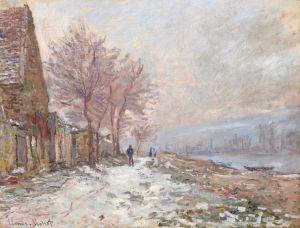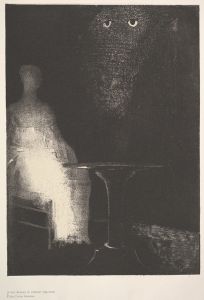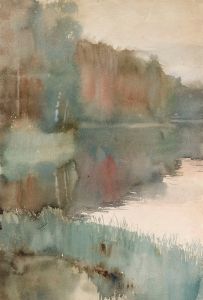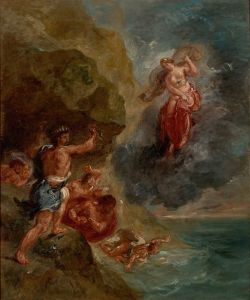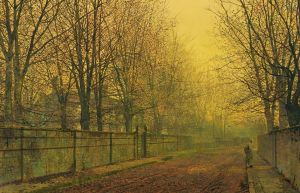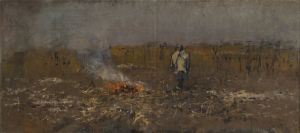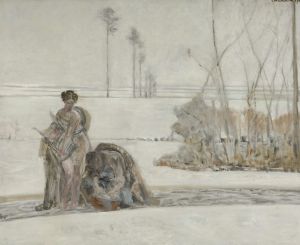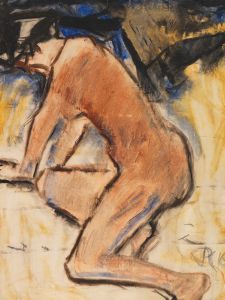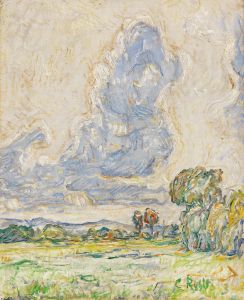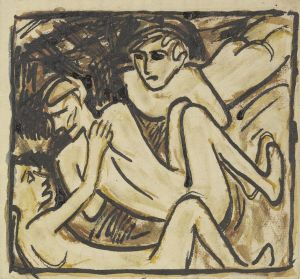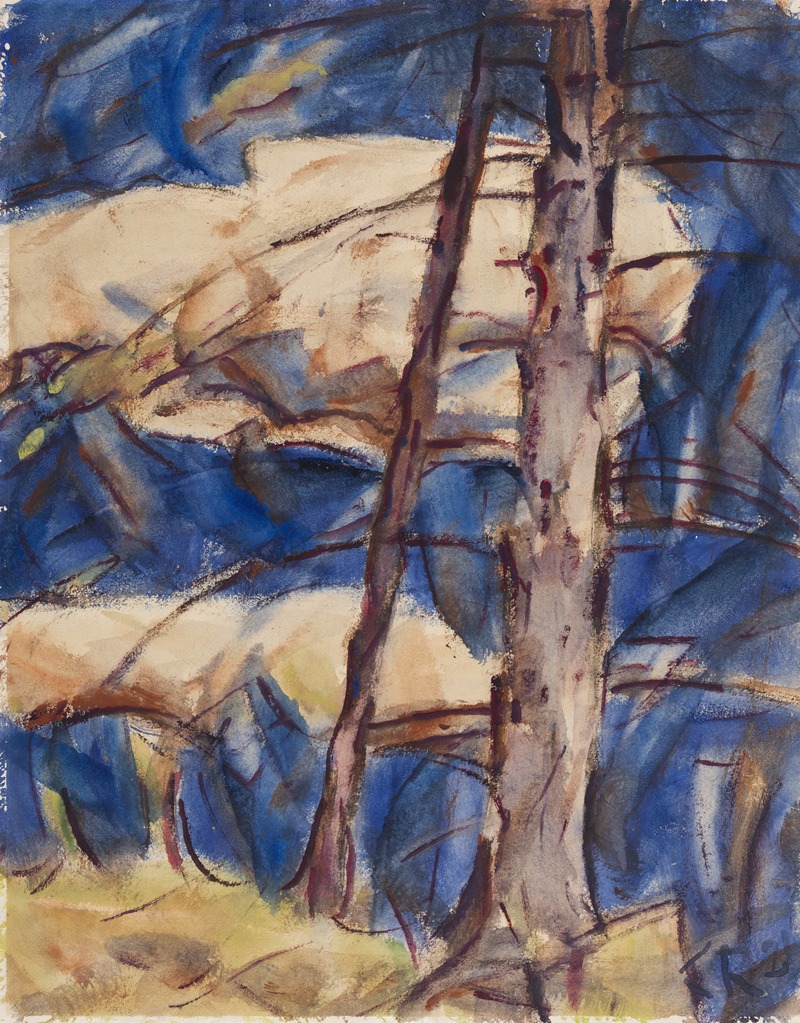
Bare Conifers
A hand-painted replica of Christian Rohlfs’s masterpiece Bare Conifers, meticulously crafted by professional artists to capture the true essence of the original. Each piece is created with museum-quality canvas and rare mineral pigments, carefully painted by experienced artists with delicate brushstrokes and rich, layered colors to perfectly recreate the texture of the original artwork. Unlike machine-printed reproductions, this hand-painted version brings the painting to life, infused with the artist’s emotions and skill in every stroke. Whether for personal collection or home decoration, it instantly elevates the artistic atmosphere of any space.
Christian Rohlfs (1849–1938) was a German painter and one of the leading figures in German Expressionism. His work spanned various styles and techniques, reflecting the dynamic changes in European art during his lifetime. One of his notable works is "Bare Conifers," which exemplifies his mature style and his interest in capturing the emotional essence of his subjects.
"Bare Conifers" is a painting that depicts a group of conifer trees stripped of their foliage, standing starkly against their surroundings. The exact date of the painting is not specified, but it is believed to have been created during the later period of Rohlfs' career, when he was deeply influenced by Expressionism. This movement sought to convey emotional experiences rather than physical reality, and Rohlfs' work is a testament to this approach.
Rohlfs was born in Groß Niendorf, Germany, and began his artistic education at the Academy of Fine Arts in Weimar. Initially, his work was influenced by the academic traditions of the time, but his style evolved significantly over the years. After a severe illness in the 1880s, Rohlfs' work began to show the influence of Impressionism and Post-Impressionism. By the early 20th century, he had fully embraced Expressionism, which is evident in "Bare Conifers."
The painting is characterized by its bold use of color and dynamic brushstrokes, which create a sense of movement and emotional intensity. The bare trees, with their stark, skeletal forms, evoke a sense of desolation and resilience. Rohlfs' use of color is particularly striking; he often employed a palette of deep, contrasting hues to enhance the emotional impact of his work. In "Bare Conifers," the interplay of light and shadow, along with the vibrant colors, draws the viewer into the scene, inviting them to experience the raw, unfiltered emotions that the artist sought to convey.
Rohlfs' work was highly regarded during his lifetime, and he received numerous accolades and exhibitions. However, his career was not without challenges. During the Nazi regime, his work was condemned as "degenerate art," and many of his paintings were removed from German museums. Despite this, Rohlfs continued to paint and remained committed to his artistic vision until his death in 1938.
Today, Christian Rohlfs is remembered as a pivotal figure in the development of modern art in Germany. His work, including "Bare Conifers," continues to be celebrated for its emotional depth and innovative approach to color and form. The painting is part of various public and private collections, and it remains a significant example of Rohlfs' contribution to Expressionism.
In summary, "Bare Conifers" by Christian Rohlfs is a powerful expressionist painting that captures the emotional essence of its subject through bold colors and dynamic brushstrokes. It reflects Rohlfs' mature style and his commitment to conveying the inner experiences of his subjects, making it a notable work in the history of German Expressionism.





